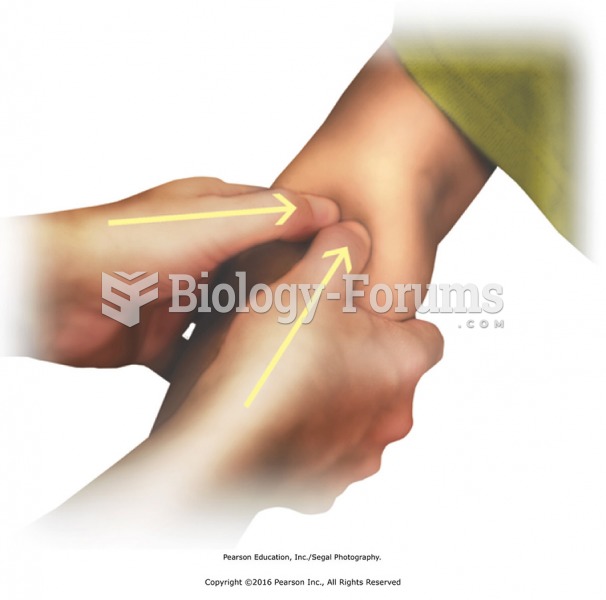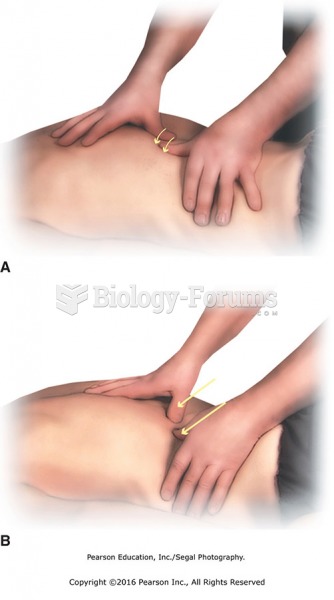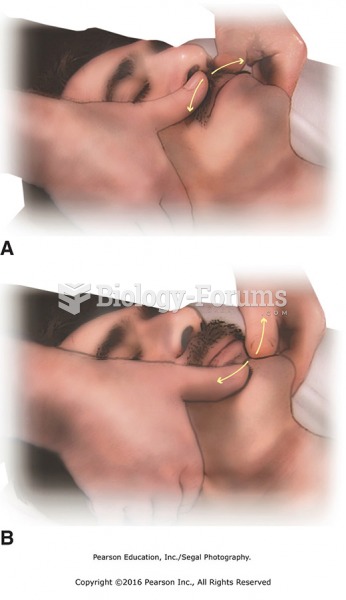|
|
|
Oxytocin is recommended only for pregnancies that have a medical reason for inducing labor (such as eclampsia) and is not recommended for elective procedures or for making the birthing process more convenient.
The highest suicide rate in the United States is among people ages 65 years and older. Almost 15% of people in this age group commit suicide every year.
Street names for barbiturates include reds, red devils, yellow jackets, blue heavens, Christmas trees, and rainbows. They are commonly referred to as downers.
The training of an anesthesiologist typically requires four years of college, 4 years of medical school, 1 year of internship, and 3 years of residency.
In most climates, 8 to 10 glasses of water per day is recommended for adults. The best indicator for adequate fluid intake is frequent, clear urination.
 Apply thumb pressure to forearm muscles, particularly the extensors muscles. Apply circular friction ...
Apply thumb pressure to forearm muscles, particularly the extensors muscles. Apply circular friction ...
 (A) Alternating thumb petrissage to paraspinal muscles from sacrum to shoulder. Search for areas of ...
(A) Alternating thumb petrissage to paraspinal muscles from sacrum to shoulder. Search for areas of ...




